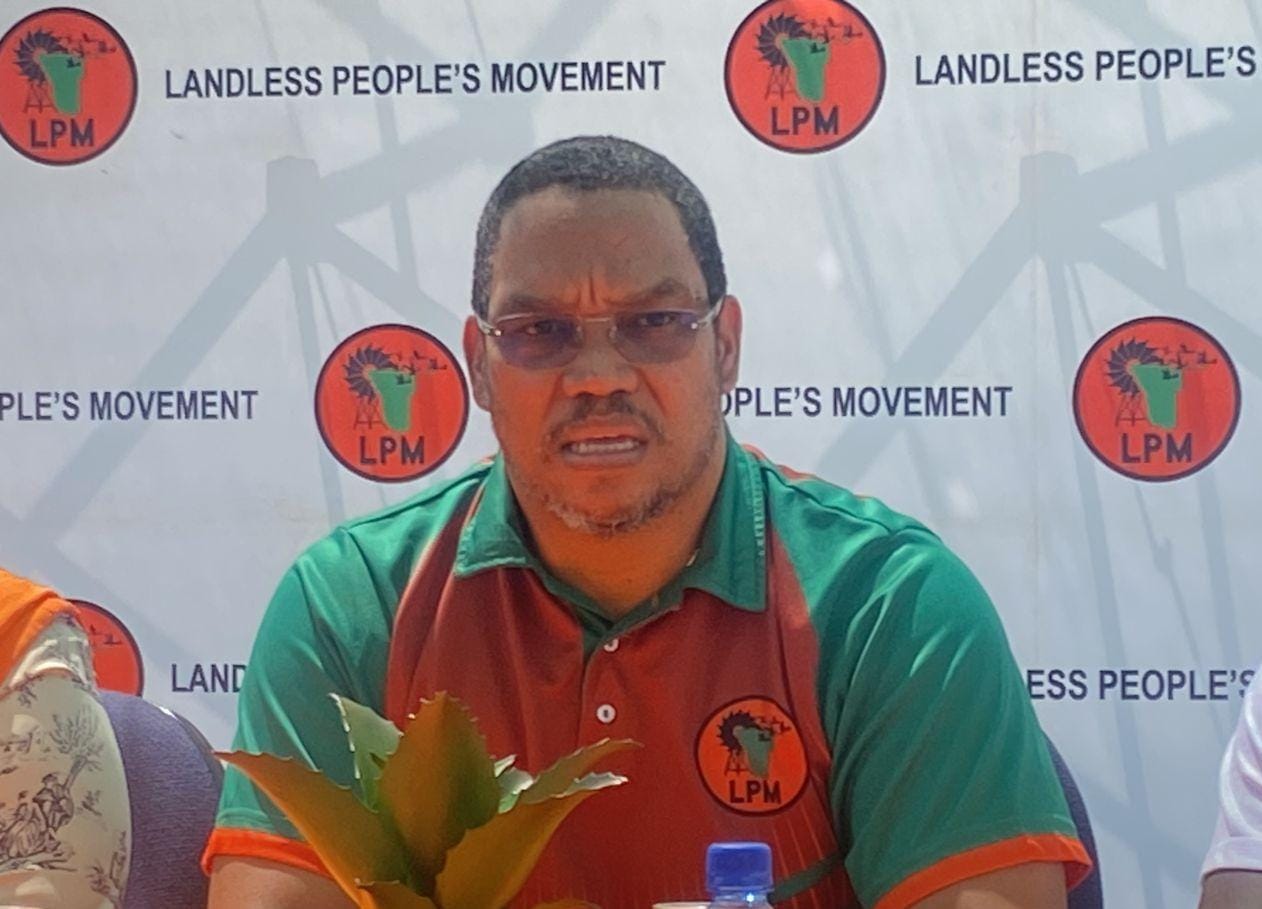NAMIB Mills prices will go up again less than a month after another increase on maize meal, wheat flour, mahangu meal, sugar and rice products.
The new prices will come into effect on 23 February 2016, the company said in a statement on Monday.
They will, however, announce the new prices next week on Tuesday.
The company increased prices on all its product categories on 25 January.
The price of maize meal products increased by 10%, wheat flour by 6%, mahangu meal by 20% and sugar products by 15%. Rice products also increased by 15% to 23% in two categories.
The company said one of the reasons for the price increases was that the drought in southern Africa had increased maize prices dramatically, as supply declined under the dry conditions.
It was mainly due to the persistent drought and the weakening Namibia dollar, said the company’s chief executive officer Ian Collard when he announced the price increases in a media statement earlier last month.
Collard added that the drought in Namibia had resulted in a very small mahangu harvest, which necessitated imports, adding that there is also a certain scarcity of the product, as the only country producing excess mahangu is India.
Meanwhile, Capricorn Asset Management (CAM) has warned that the price of staple food may increase by close to 50% as a result of the ongoing drought.
It said the rate hike in South Africa could spill over into Namibia with dire consequences for consumers.
This follows the South African Reserve Bank’s announcement last week Thursday of a 50 basis-point increase in the repo rate to 6,75%.
“The rate hike is a hard knock to consumers in South Africa, which could spill over into Namibia. Coupled with the latest rate hike, consumers will be bogged down by proposed increases to electricity tariffs, and the likelihood that staple food prices may increase by close to 50% as a result of the ongoing drought. The near-term outlook is pretty dismal,” CAM investment strategist, Suta Kavari warned in the daily ‘Economic Headlines’ issued by the company on Friday.
The drought is as a result of the ongoing severe dry weather conditions across southern Africa. Rains, which typically begin in October/November, have been from 10 to more than 50 days late and significantly below average.
This poor rainfall, in combination with above-average temperatures, has limited crop development, pasture regrowth and water availability. If rainfall remains below average, as forecasts suggest, the current growing season is likely to be one of the driest on record, according to the Famine Early Warning Systems Network (Fewsnet) last week.
– Nampa
Stay informed with The Namibian – your source for credible journalism. Get in-depth reporting and opinions for
only N$85 a month. Invest in journalism, invest in democracy –
Subscribe Now!






